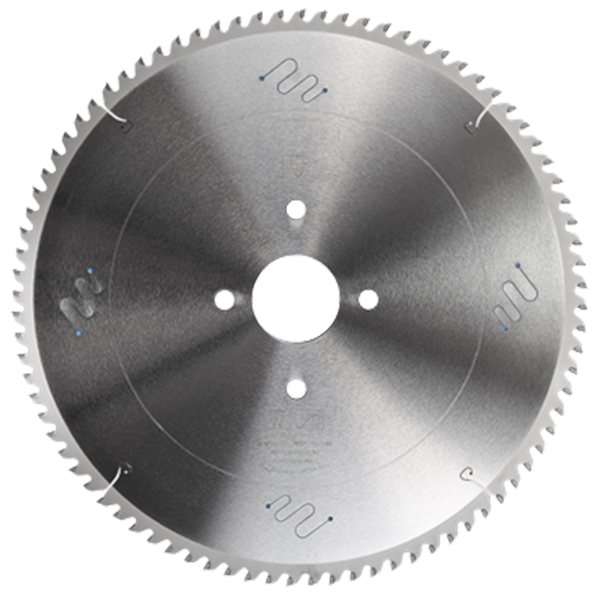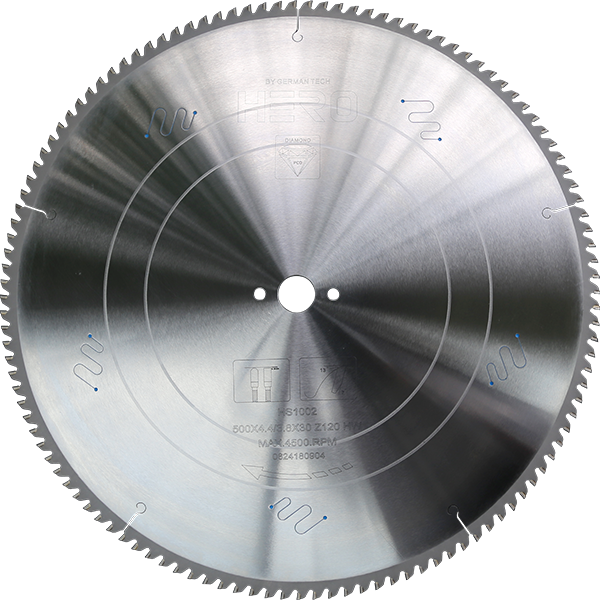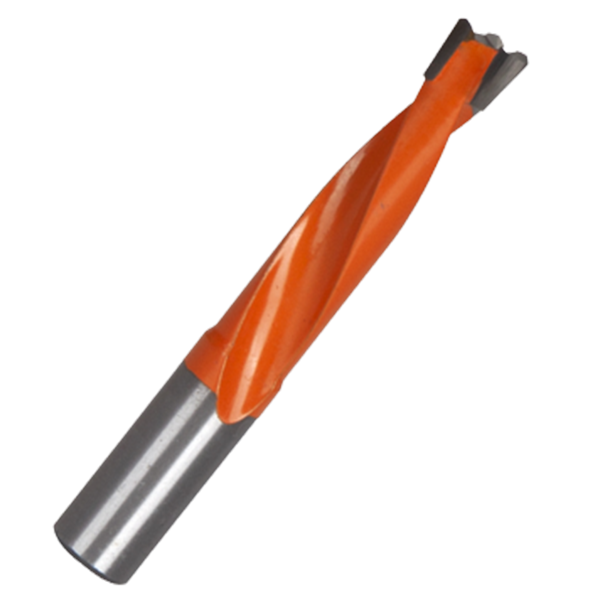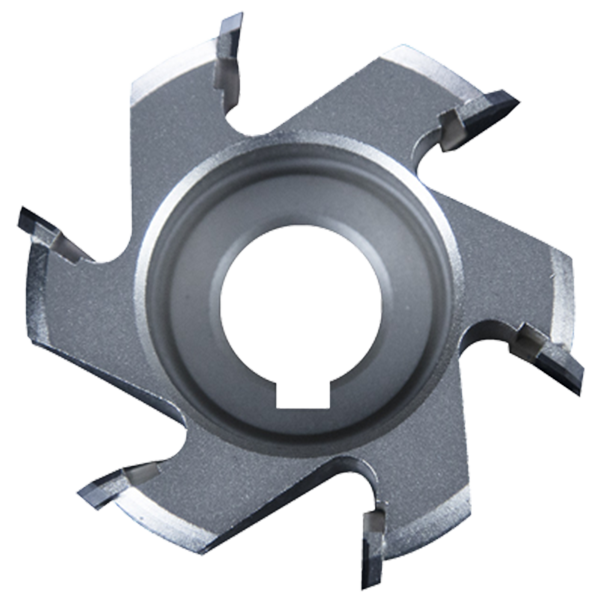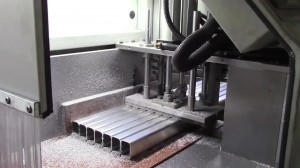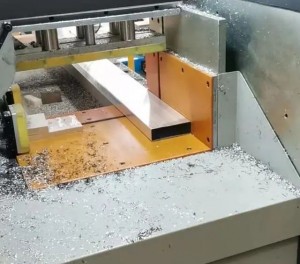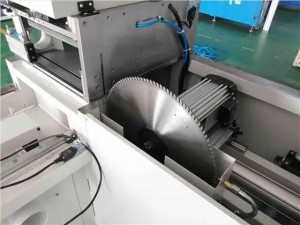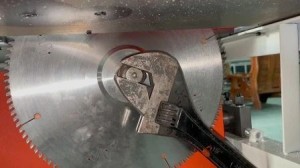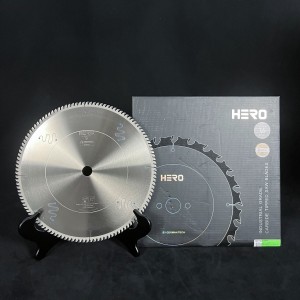How to Replace Aluminum Cutting Machine saw Blade?
Aluminum cutting machines are essential tools in every industry, from construction to manufacturing. These machines rely on saw blades to cut aluminum materials efficiently and accurately. When it comes to cutting aluminum, precision and efficiency are non-negotiable. As a versatile and widely used material, aluminum demands specialized tools that can deliver clean cuts without compromising its integrity. However, over time, saw blades wear out and need to be replaced to maintain optimal performance. In this blog post, we’ll explore the intricacies of replacing an aluminum cutting machine saw blade, covering everything from the importance of proper maintenance to the step-by-step process for saw blade replacement.
How to Know If Your saw Blade Needs Changing
To determine if your circular saw blade needs to be changed, you can look for the following signs:
-
1.Dull Teeth: Inspect the teeth of the blade. If they appear worn down, chipped, or dull, it’s an indication that the blade may need to be replaced.
-
2.Burn Marks: If you notice burn marks on the Materials after making cuts, it could mean that the blade is not cutting efficiently. This can happen when the blade is dull or damaged.
-
3.Difficulty Cutting: If you experience increased resistance while cutting or the saw seems to be struggling to make smooth cuts, it might be a sign that the blade is no longer sharp enough.
-
4.Splintering or Tear-Out: A blade that is no longer sharp may cause excessive splintering or tear-out on the surface of the material you’re cutting. This can be especially noticeable when cutting plywood or other laminated materials.
-
5.Uneven Cuts: If you notice that the saw is producing uneven or wobbly cuts, it could indicate a problem with the blade. This might be due to warping or other damage.
-
6.Excessive Vibration or Noise: A blade that is in poor condition may cause the saw to vibrate excessively or produce unusual noises during operation. This can be a safety concern and may indicate that the blade needs to be replaced.
-
7.Reduced Cutting Speed: If you find that the saw is not cutting as quickly as it used to or the cutting process feels slower, it could be a sign of a worn-out blade.
Remember, if you encounter any of these signs, it’s best to replace the blade rather than continuing to use it. A dull or damaged blade can compromise both the quality of your cuts and your safety. Always follow the manufacturer’s guidelines for blade replacement and ensure that you use the appropriate replacement blade for your specific saw model.
The Importance of Saw Blade Maintenance
Before we delve into the process of replacing a saw blade, it’s crucial to emphasize the importance of regular maintenance. saw blade is only as good as its blade. No matter how much power or smart options your machine has, if the blade is dull, dirty, or damaged, every job becomes a struggle, and you’ll never get a clean sawing result.
By investing time in maintenance, you’re essentially prolonging the lifespan of your blade, saving you money in the long run by delaying the need for replacement. Optimal Performance: A dull blade not only makes cutting more difficult but also compromises the quality of your work.
Choosing the right aluminum cutting saw blade
Choosing the right aluminum cutting saw blade is crucial to achieving precise, clean cuts. When replacing a saw blade, factors According to the actual situation, choose the appropriate saw blade material, specifications and tooth number and other parameters to ensure the high-quality cutting effect of the product. Tungsten carbide blades are commonly used for cutting aluminum due to their durability, heat resistance, and wear resistance. In addition, the tooth configuration, including the number of teeth and their geometry, should be customized to specific cutting requirements to ensure optimal performance and service life.If you can’t choose the right blade, it may lead to problems such as cutting is not in place, and the incision is serious burr.
Step-by-Step Guide to Saw Blade Replacement
-
Step 1:Preparation: Before replacing the saw blade, make sure the machine is powered off and disconnected from the power supply. Use appropriate personal protective equipment, including gloves and goggles, to prevent injury during changing. Because the cutting machine is used frequently, the internal parts will also wear and age, and the process of switching the saw blade involves the core parts of the equipment, once the operation is wrong, it will lead to cutting failure, and even cause serious equipment accidents. -
Step 2: Saw blade removal: Loosen the saw blade guard and carefully remove the old saw blade from the machine. Note the orientation of the blade and any specific instructions provided by the manufacturer. -
Step 3: Cleaning and Inspection: Thoroughly clean the blade mounting area and inspect for any signs of damage or wear. Remove any debris or residue that may affect the performance of the new blade. -
Step 4: Install the new blade: Carefully place the new blade onto the machine, making sure it is aligned with the blade mounting mechanism. Follow the manufacturer’s instructions for proper installation, including tightening the blade securely and adjusting the blade guard. -
Step 5: Test and Adjust: After installing the new blade, perform a test run to ensure proper alignment and function. Make necessary adjustments to blade tension and trajectory to optimize cutting performance.
Finally, after use, remember to clean and lubricate the saw blade. Keeping the saw blade clean and smooth regularly can extend the service life of the saw blade and improve the cutting effect and yield.
Security considerations and best practices
Safety comes first during the entire saw blade replacement process. Always refer to the machine manual and follow the manufacturer’s safe operating and maintenance guidelines. Additionally, proper disposal of old saw blades is critical to preventing potential hazards. Consider recycling or disposing of old blades in accordance with local regulations and environmental guidelines.
In conclusion
In short, correct maintenance and timely replacement of saw blades are crucial to the efficient and safe operation of aluminum cutting machines. By understanding the importance of maintenance, selecting the right blades, and following a systematic approach to replacement, businesses can ensure the longevity and performance of their cutting equipment. Remember, a well-maintained saw blade not only increases productivity but also contributes to a safer working environment.
If you’re looking for safe and professional Aluminum Cutting saw blades, please browse our website and view our selection or continue reading our blogs.
Post time: Aug-30-2024








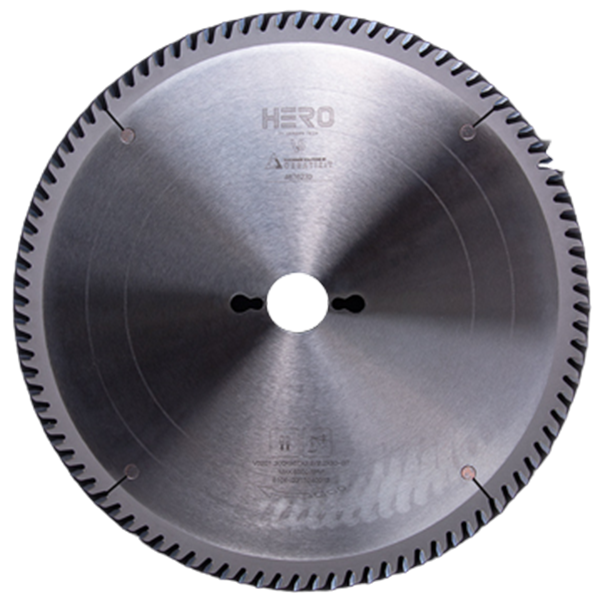 TCT Saw Blade
TCT Saw Blade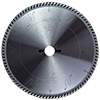 HERO Sizing Saw Blade
HERO Sizing Saw Blade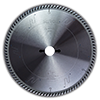 HERO Panel Sizing Saw
HERO Panel Sizing Saw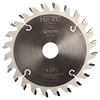 HERO Scoring Saw Blade
HERO Scoring Saw Blade HERO Solid Wood Saw Blade
HERO Solid Wood Saw Blade HERO Aluminum Saw
HERO Aluminum Saw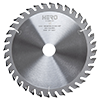 Grooving Saw
Grooving Saw Steel Profile Saw
Steel Profile Saw Edge Bander Saw
Edge Bander Saw Acrylic Saw
Acrylic Saw PCD Saw Blade
PCD Saw Blade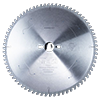 PCD Sizing Saw Blade
PCD Sizing Saw Blade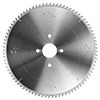 PCD Panel Sizing Saw
PCD Panel Sizing Saw PCD Scoring Saw Blade
PCD Scoring Saw Blade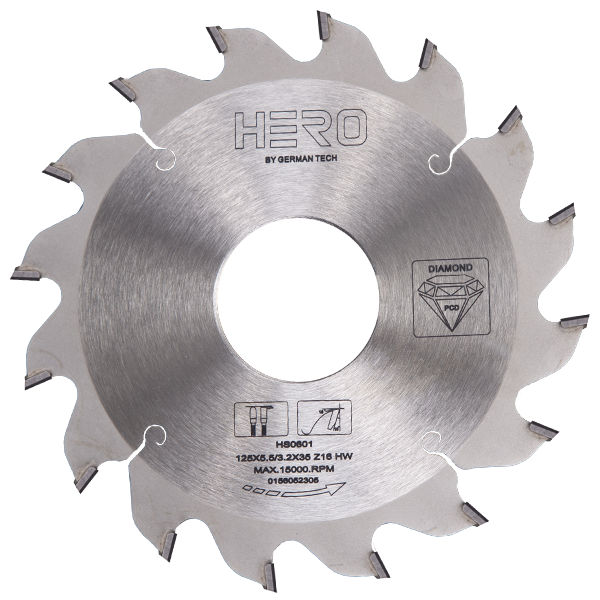 PCD Grooving Saw
PCD Grooving Saw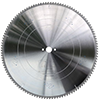 PCD Aluminum Saw
PCD Aluminum Saw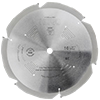 PCD Fiberboard Saw
PCD Fiberboard Saw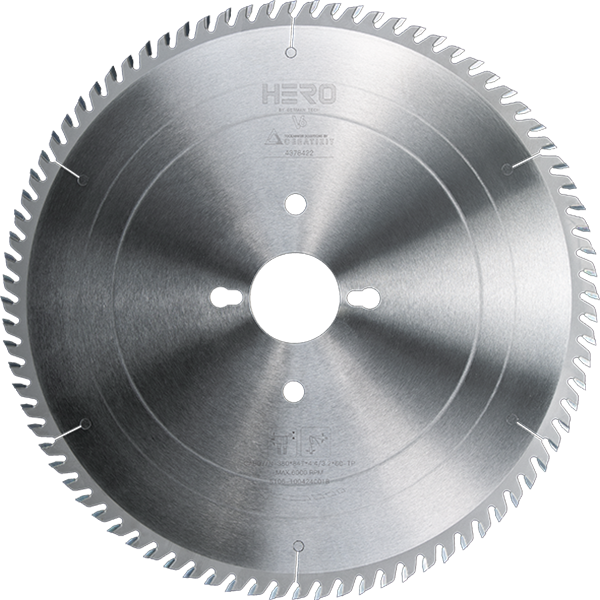 Cold Saw for Metal
Cold Saw for Metal Cold Saw Blade for Ferrous Metal
Cold Saw Blade for Ferrous Metal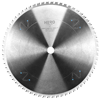 Dry Cut Saw Blade for Ferrous Metal
Dry Cut Saw Blade for Ferrous Metal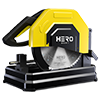 Cold Saw Machine
Cold Saw Machine Drill Bits
Drill Bits Dowel Drill Bits
Dowel Drill Bits Through Drill Bits
Through Drill Bits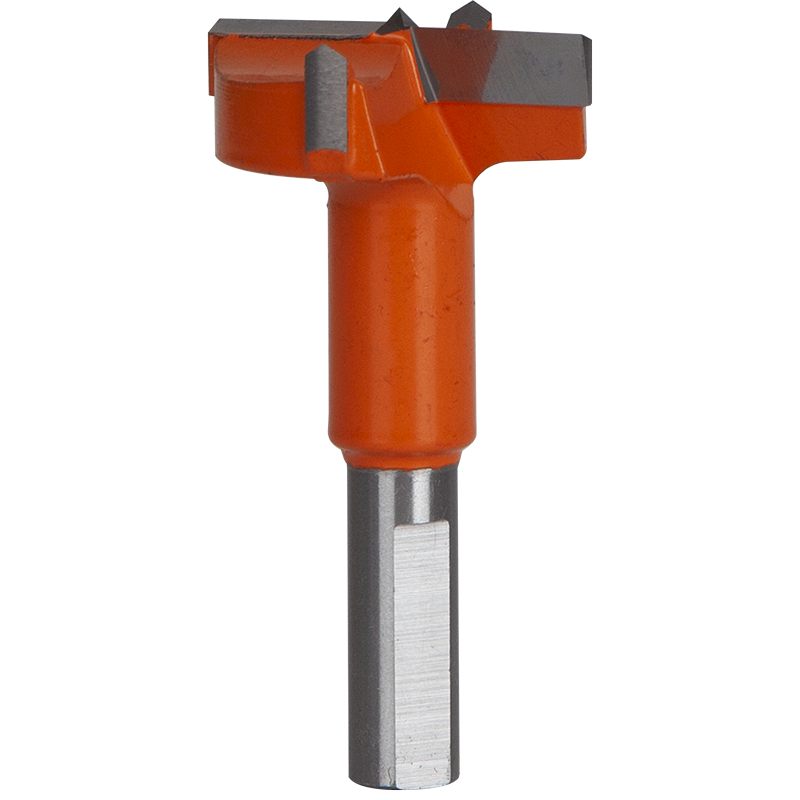 Hinge Drill Bits
Hinge Drill Bits TCT Step Drill Bits
TCT Step Drill Bits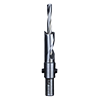 HSS Drill Bits/ Mortise Bits
HSS Drill Bits/ Mortise Bits Router Bits
Router Bits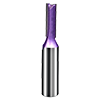 Straight Bits
Straight Bits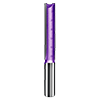 Longer Straight Bits
Longer Straight Bits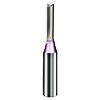 TCT Straight Bits
TCT Straight Bits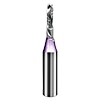 M16 Straight Bits
M16 Straight Bits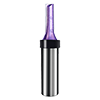 TCT X Straight Bits
TCT X Straight Bits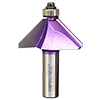 45 Degree Chamfer Bit
45 Degree Chamfer Bit Carving Bit
Carving Bit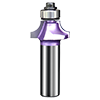 Corner Round Bit
Corner Round Bit PCD Router Bits
PCD Router Bits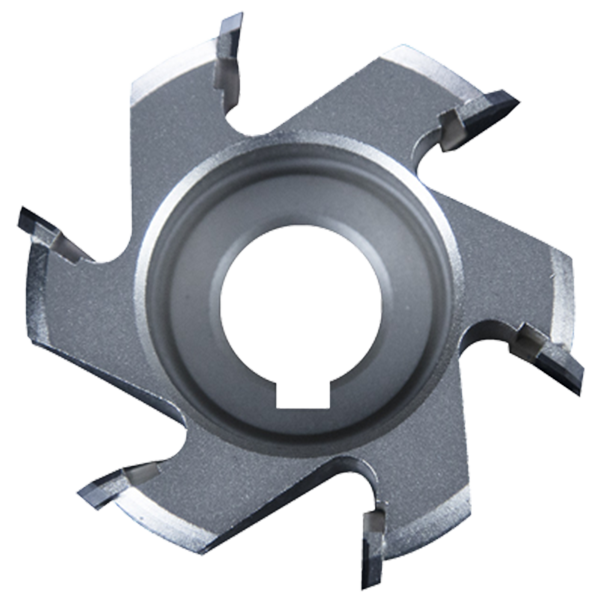 Edge Banding Tools
Edge Banding Tools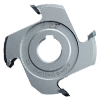 TCT Fine Trimming Cutter
TCT Fine Trimming Cutter TCT Pre Milling Cutter
TCT Pre Milling Cutter Edge Bander Saw
Edge Bander Saw PCD Fine Trimming Cutter
PCD Fine Trimming Cutter PCD Pre Milling Cutter
PCD Pre Milling Cutter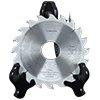 PCD Edge Bander Saw
PCD Edge Bander Saw Other Tools & Accessories
Other Tools & Accessories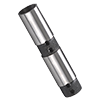 Drill Adapters
Drill Adapters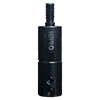 Drill Chucks
Drill Chucks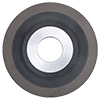 Diamond Sand Wheel
Diamond Sand Wheel Planer Knives
Planer Knives
